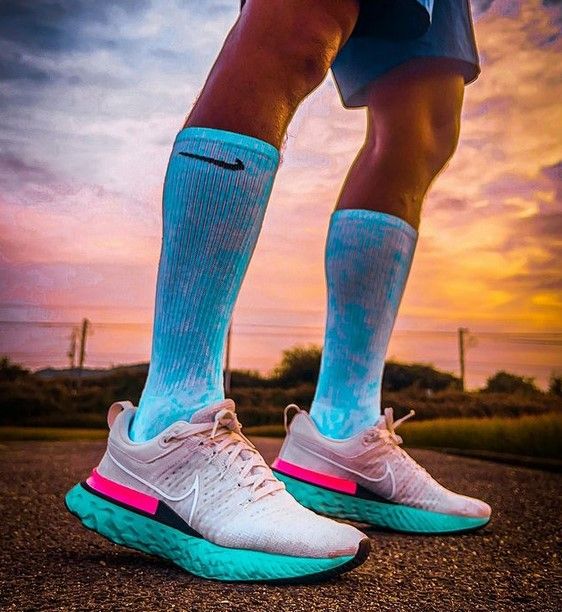Introduction
Finding the perfect pair of running shoes can feel like an overwhelming task, especially with so many options available. Whether you're a seasoned marathoner or just starting your running journey, having the right shoes is crucial for both performance and injury prevention. Your feet act as shock absorbers, taking on multiple times your body weight with each stride. Wearing shoes that provide adequate support, cushioning, and fit can significantly enhance your running experience.

This comprehensive guide will walk you through the essential factors to consider when choosing running shoes. We'll delve into understanding your foot type, pronation, and the different categories of running shoes available. By the end, you'll be equipped with the knowledge to confidently select a pair that aligns perfectly with your individual needs and running style.
Understanding Your Feet
Before diving into the world of running shoes, it's important to understand the mechanics of your feet and how they impact your stride.
1. Foot Type: The arch of your foot plays a crucial role in determining your foot type. * High Arches: High arches don't flatten as much when bearing weight, potentially leading to underpronation (outward rolling of the foot). * Neutral Arches: Neutral arches offer a balanced stride and typically roll inward a moderate amount (neutral pronation). * Low Arches (Flat Feet): Low arches flatten significantly under pressure, often leading to overpronation (excessive inward rolling).
2. Pronation: Pronation refers to the natural inward roll of your foot as it transitions from heel to toe during a stride. It's a crucial aspect of your running gait that helps absorb shock. * Overpronation: Excessive inward roll, placing stress on the arches and potentially leading to injuries like plantar fasciitis or runner's knee. * Underpronation (Supination): Outward rolling of the foot, limiting shock absorption and potentially causing stress on ankles and joints. * Neutral Pronation: The ideal type, involving a slight inward roll that effectively distributes impact forces.
You can determine your foot type and pronation through a simple wet foot test at home or by visiting a specialty running store for a professional gait analysis.

.jpg)